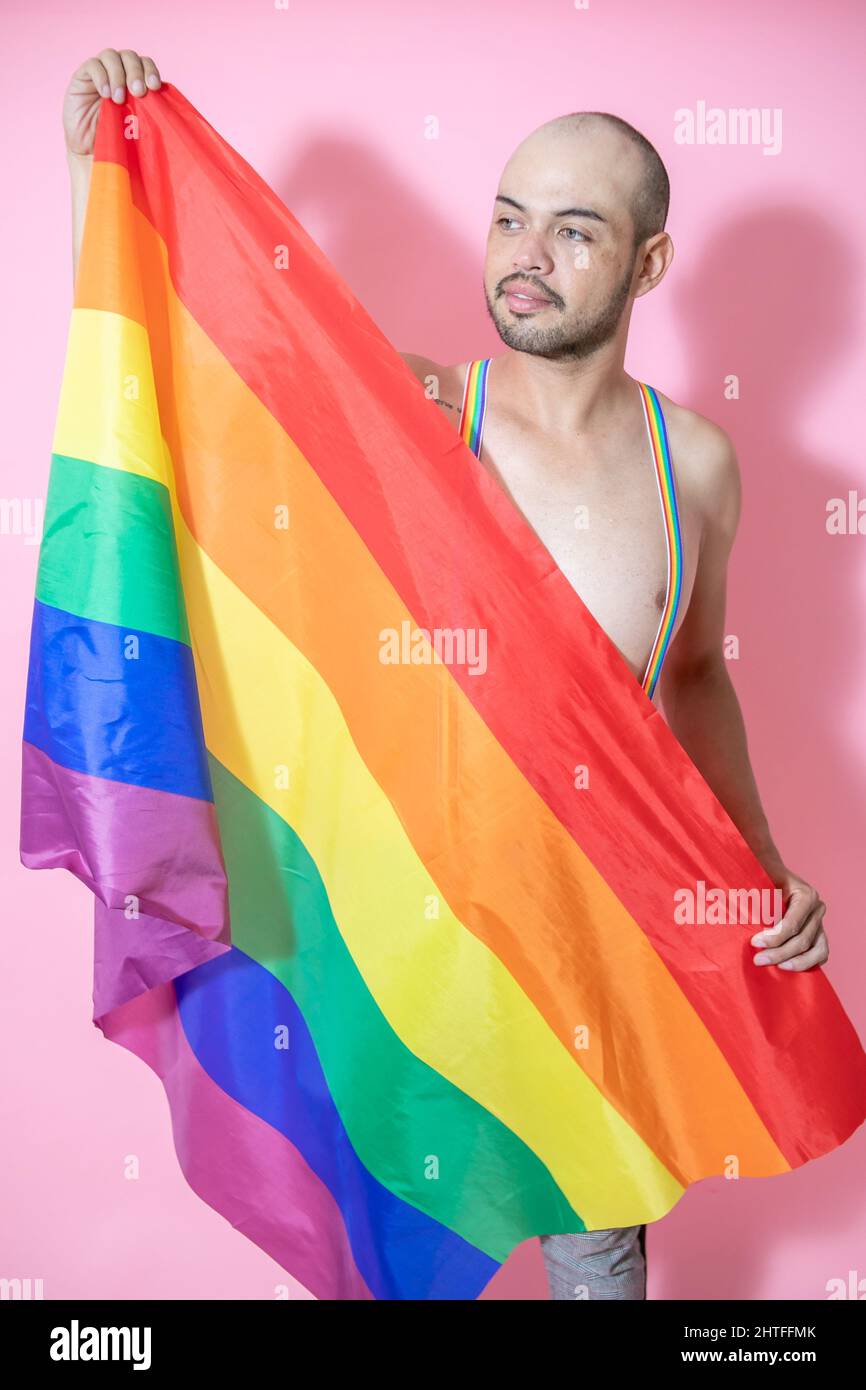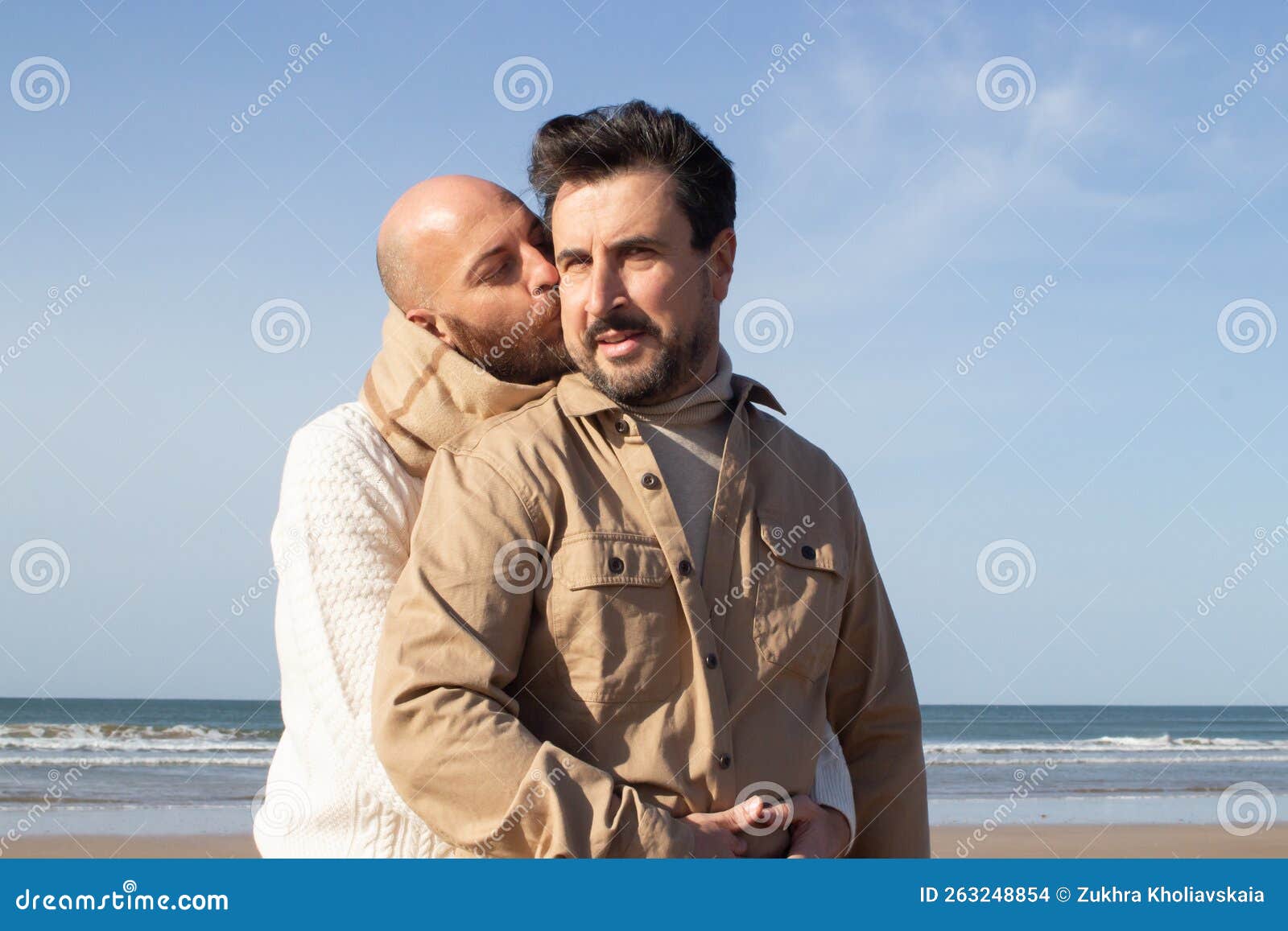Bald Gay Men: Discovering Beauty & Community | Explore & Connect
Is the perceived attractiveness of a man undergoing a hair transformation, or embracing a bald look, truly a matter of societal perspective, or does it tap into a deeper, perhaps even primal, appreciation of masculinity? The narrative surrounding male baldness has undergone a significant shift, particularly within the LGBTQ+ community, challenging conventional beauty standards and redefining what constitutes "handsome."
The evolution of this perspective is multifaceted. In the past, hair loss was often seen as a sign of aging or a perceived lack of vitality. However, in recent decades, there's been a conscious effort to reclaim and celebrate baldness as a symbol of strength, confidence, and a certain rugged appeal. This re-evaluation is not merely cosmetic; it is interwoven with a broader movement toward body positivity and the acceptance of diverse physical appearances.
A prominent facet of this movement is the flourishing online presence of communities dedicated to bald, balding, and buzzed gay men. These digital spaces, offering platforms for connection, networking, and the sharing of experiences, provide a refuge for those navigating the emotional and practical aspects of hair loss. They create a space where individuals can connect with like-minded individuals, share humor, information, and tips on head/scalp care, and engage in discussions about beauty standards and self-perception.
Consider the case of a 28-year-old Middle Eastern bottom guy with a receding hairline. In the context of this community, embracing baldness isn't viewed as a diminishment of attractiveness, but as a shift into another category, a transformation that redefines his image. This is a trend and a reality, it is evident by the presence of more than 120 men who look better bald.
This is exemplified by the exploration of diverse representations of baldness in gay pornography, and the way this has helped to normalize baldness, transforming it into a symbol of sexual attractiveness and masculine confidence. This normalization extends beyond the confines of the gay community, permeating the mainstream media. Celebrities like Stanley Tucci, Jason Statham, Mike Colter, Vin Diesel, Ed Harris, and Corey Stoll, are frequently celebrated for their bald or near-bald appearances, solidifying this look as a symbol of sophistication and power.
It's essential to acknowledge the role that the internet plays in this phenomenon. Platforms like TikTok and YouTube have become hubs for creators who are specifically catering to this niche, producing videos, and content that celebrate baldness and explore the aesthetics of bald men. These resources are used to showcase the transformation undergone by those who embrace baldness, by presenting "before and after" pictures, which in turn demonstrate that one can go "bald like a boss."
In addition to the online sphere, body positivity projects are another way of embracing these narratives. These projects serve as platforms for men to showcase their bodies, regardless of their hair situation, in a positive and celebratory manner. They are a counterpoint to conventional beauty standards, which are often focused on youth, physical perfection, and heterosexual ideals.
The appeal of the "bald with beard" aesthetic highlights another facet of this changing narrative, as it reflects the increasing popularity of a specific type of masculinity. The beard, which is often associated with strength and maturity, complements the bald head, resulting in an appearance that is both strong and polished. This trend has transcended the LGBTQ+ community, resonating with a broad range of people.
The discussion of masculinity and appearance frequently encompasses ideas about sex appeal and intimate relationships. The focus is often on how men view other men. The notion that a bald head resembles the top of an erect penis has been voiced, suggesting that it is a display of masculinity.
In the same vein, this is not just a matter of aesthetics. It can be related to self-esteem, dating, and social acceptance. It is important that men who are dealing with hair loss do not worry about how others see them, as embracing their natural appearance is crucial for self-acceptance and building confidence.
The embracing of baldness is not isolated to aesthetics; it is interconnected with the construction of community. The establishment of groups and communities dedicated to gay, bald, balding, and buzzed men, facilitates friendship, networking, and a shared sense of identity. This emphasis on community building demonstrates the evolution of how beauty standards are conceptualized and practiced.
The story of this shift in perspective is not simply a passing trend; it is part of a more extensive cultural phenomenon. It is a reflection of how society at large has been questioning and reassessing traditional beauty ideals. This has caused a movement toward the recognition of diverse body types and the appreciation of individual characteristics. This shift is a call to be mindful, and it is a tribute to the enduring power of community and self-acceptance.
| Aspect | Details |
|---|---|
| Subject | Baldness and Masculinity within the LGBTQ+ Community |
| Context |
|
| Key Concepts |
|
| Social Impact |
|
| Geographical Reference |
|
| Time Period |
|
| Related Terms |
|
| Reference | Advocate.com |


